
But in spite of his accomplishment, Millais found his painting greeted with protests and derision. It seems that nowhere in romantic literature was there a ‘Sir Isumbras’. The suggested narrative behind the painting proved to be non-existent. This painting which so strongly seemed to tell a story actually had no story to tell, and the entire incident was, after all, a fictional fabrication. The gallery-going public felt cheated, and protested accordingly.
But what the public of the time seemed not to have realised was that the painting was actually an invitation: it invited each viewer to create her or his own story. The artist had provided an evocative image, and the viewer needed to do the rest. The painting does not lack in suggestions: in the background, on either side of the river’s banks, we see the buttress and arches of a bridge, but the central span of the bridge is missing. Clearly this is the reason for the children’s difficulty: they needed to cross, but had no means to – until the chivalrous knight appeared upon the scene to carry them across to dry ground on the other side. So the picture is about a crossing, and the crossing is made in spite of difficulties.
We can find another narrative clue in the obvious age difference between the knight and the two children. Sir Isumbras clearly already has a lifetime of experience behind him. It is age lending a helping hand to youth. This, then, is a painting about contrasts, and we can see a further contrast in the difference between the ornate gold of the knight’s armour and the humbleness of the unshod children’s clothing. It is not just about age helping youth, but about someone of means helping those who clearly are less well-off than himself. It is about compassion and simple human kindness.
So often in our lives we find ourselves faced with such a ‘painting’ as this. We might be able to see every detail of the situation in which we find ourselves – but the details do not form a coherent whole, and the meaning of what we are going through, and why, remains perplexing and elusive – even distressing. It is then that we feel that we ‘cannot make sense of things’. Or we might be able to see over to the ‘other side’ of a situation, but cannot work out how to get there. At one time or another we all have wished for a kindly Sir Isumbras to come riding up and carry us across to safety when the bridge is down. But faith, compassion and simple kindness do exist, and if sometimes we feel like these two poor children, we also can remember that it is we ourselves who also have the capacity to be the kindly knight in armour of gold.
‘A Dream of the Past: Sir Isumbras at the Ford’ by Sir John Everett Millais, 1857



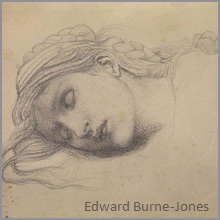



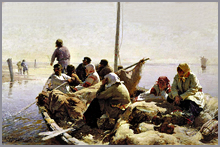






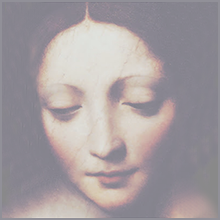

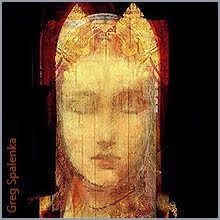
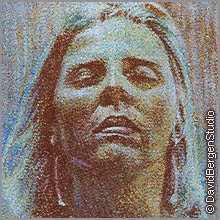











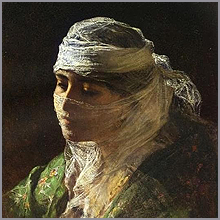


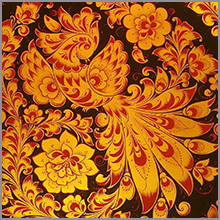

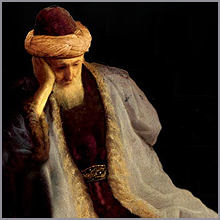




No comments:
Post a Comment